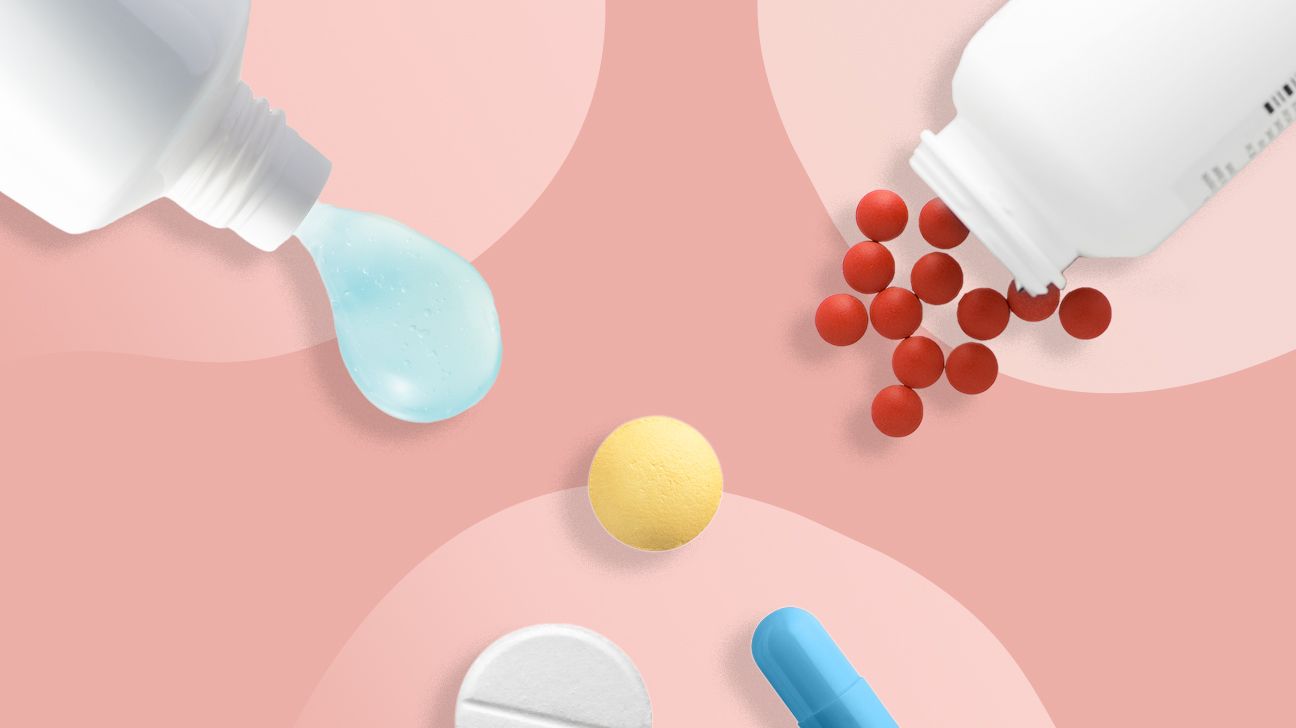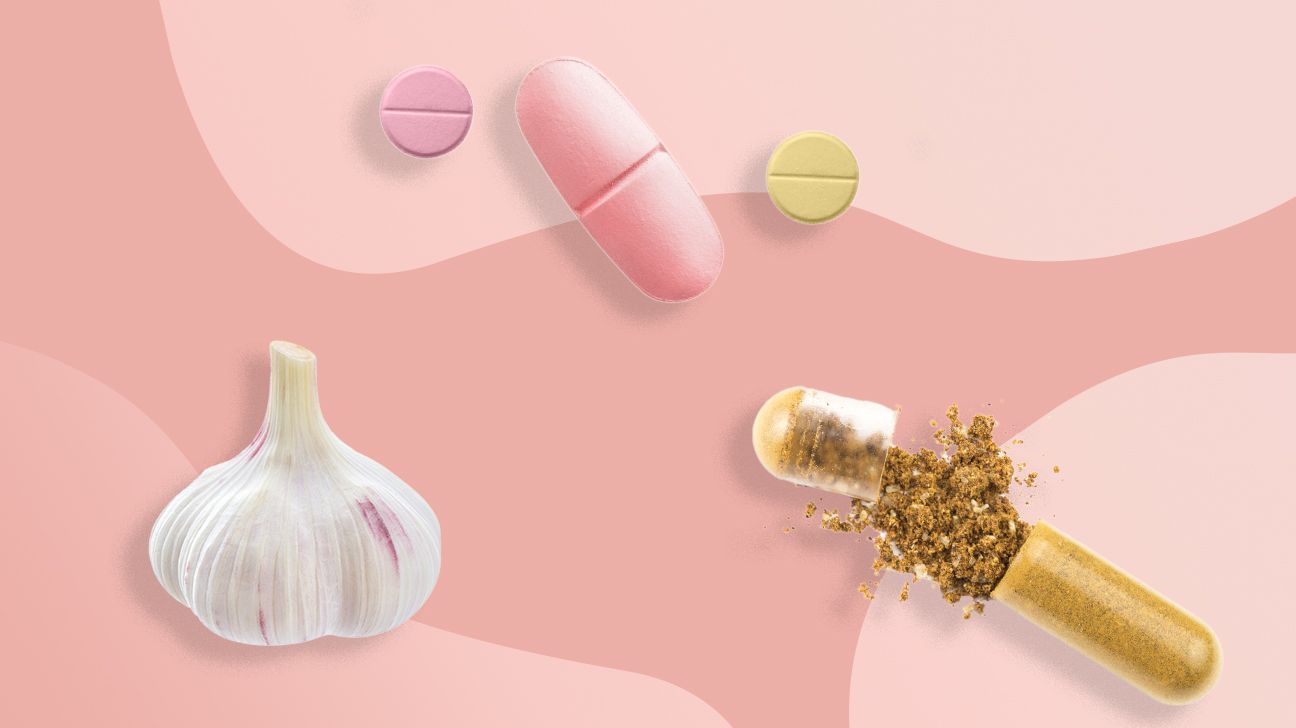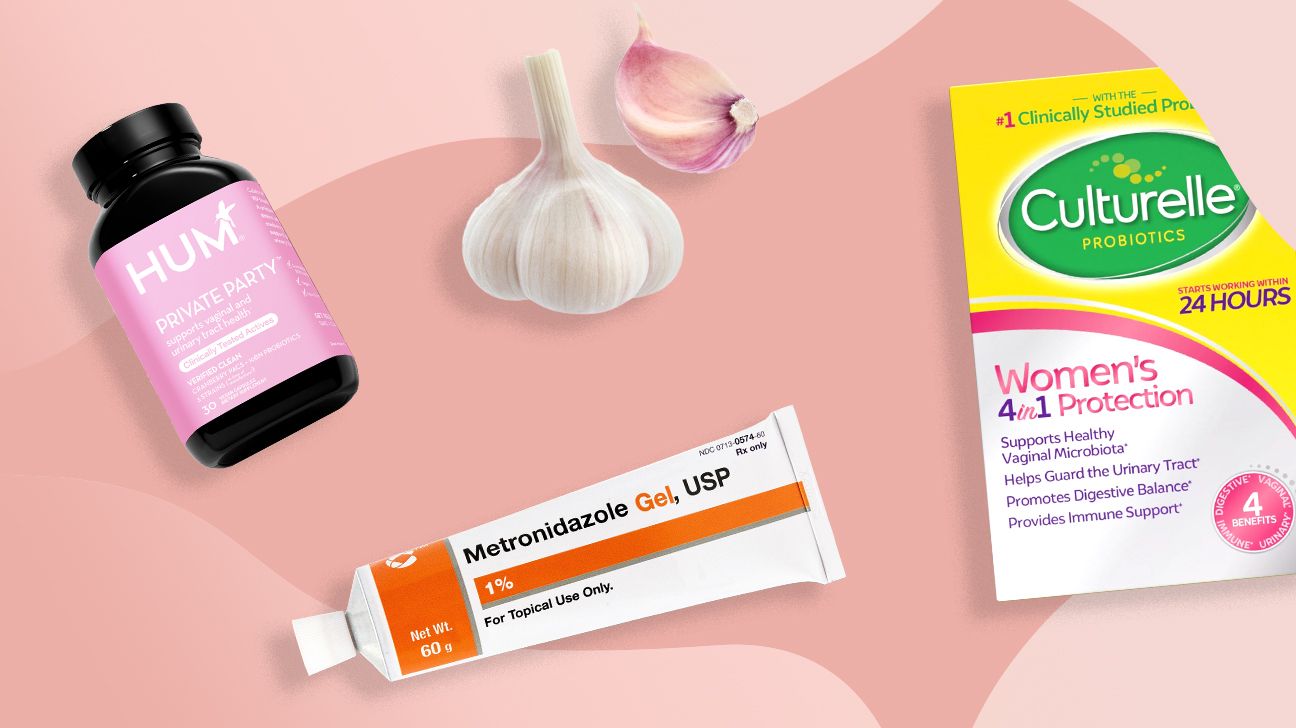We include products we think are useful for our readers. If you buy through links on this page, we may earn a small commission. Here’s our process.
Healthline only shows you brands and products that we stand behind.
Our team thoroughly researches and evaluates the recommendations we make on our site. To establish that the product manufacturers addressed safety and efficacy standards, we:- Evaluate ingredients and composition: Do they have the potential to cause harm?
- Fact-check all health claims: Do they align with the current body of scientific evidence?
- Assess the brand: Does it operate with integrity and adhere to industry best practices?
Bacterial vaginosis is common in people with a vagina. Although it can clear up on its own, getting treatment can lower your chance of complications and health risks.
A healthy vagina naturally contains both “good” and “bad” bacteria. But if there’s an overgrowth of bad bacteria, an infection called bacterial vaginosis (BV) can occur.
According to the Centers for Disease Control and Prevention (CDC), BV is the
A doctor will usually begin a BV treatment regimen by prescribing antibiotic bacterial vaginosis medication. People who cannot use antibiotics sometimes try bacterial vaginosis home remedies, such as over-the-counter BV treatments like:
- probiotics
- garlic
- boric acid
So what’s the most effective BV treatment? Let’s explore below.

Prescription treatments for BV
Your doctor may prescribe several bacterial vaginosis medications as initial BV treatment. They are antibiotics available in pill, cream, or suppository form.
Metronidazole
- Potential side effects: nausea, vomiting, diarrhea, metallic taste in the mouth, other gastrointestinal symptoms, appetite loss, headache, mouth or tongue irritation
One of the best prescription treatments for BV is an antibiotic called metronidazole. You can take it as a pill or gel.
The
- Pill: 500 milligrams (mg) taken orally twice per day for 7 days
- Gel: 5 grams (g) inserted into the vagina once per day for 5 days
If you have BV that recurs, a doctor may prescribe 500 mg of oral medication for 10–14 days. Another option is to use vaginal gel for 10 days, then twice weekly for 3–6 months.
Pros
- effective treatment
- easy to take
Cons
- higher price point
- has many potential side effects
Clindamycin
- Potential side effects: nausea, vomiting, joint pain, heartburn, pain when swallowing, vaginal discharge, metallic taste in the mouth, itching or burning of the vagina
Clindamycin is another effective prescription treatment for BV. It’s an antibiotic that you can take as:
- a pill
- cream
- ovule suppository
An ovule suppository is a medication membrane that melts inside the vagina.
According to the
- Pill: 300 mg taken orally twice per day for 7 days
- Cream: 5 g inserted into the vagina at bedtime for 7 days
- Ovule suppositories: 100 mg inserted into the vagina at bedtime for 3 days
Clindamycin cream and ovules contain oil, which may weaken latex products like condoms and diaphragms. This effect can last 72 hours for ovules and 5 days for cream.
Pros
- effective prescription treatment
- available in several different forms
Cons
- higher risk of colitis than other antibiotics
- creams and ovules may weaken certain forms of contraception
Tinidazole
- Potential side effects: metallic taste in the mouth, loss of appetite, vomiting, nausea, constipation, stomach pain or cramping, tiredness, dizziness, headache
It’s possible to develop adverse side effects from metronidazole or clindamycin. In this case, the doctor may prescribe tinidazole instead.
Tinidazole is also an antibiotic that you can take as a pill. For BV, there are two recommended dosages:
- 2 g orally once per day for 2 days
- 1 g orally once per day for 5 days
Pros
- easy to take; short course
- lower cost than other prescription options
Cons
- potential side effects
Secnidazole
- Potential side effects: nausea and vomiting, diarrhea, headache, metallic taste in the mouth
Another option is secnidazole. This is an antibiotic that you can take in one dose.
Secnidazole is available as granules that you can consume orally. The recommended single dose is 2 g. You can take the granules by mixing them with unsweetened applesauce or yogurt first.
Secnidazole is significantly more expensive than other treatments. However, it may be a sound option if you prefer a single-dose treatment.
Pros
- requires a single dose
- easy to mix into food
Cons
- higher price point
Other remedies for BV

Symptoms
An excess of bad bacteria throws the vaginal environment out of balance, resulting in bacterial vaginosis symptoms like:
- thin grayish-white discharge, especially after sexual intercourse
- discharge with a fishlike odor
- pain during urination
- pain during or after sexual intercourse
- vaginal itching
In some cases, BV causes no symptoms.
Causes
Experts don’t totally agree on BV causes, but there are several factors that may increase your risk of BV. These include:
- douching
- not using condoms
- having multiple sex partners
- having new sex partners
According to the
A
One 2020 study shows that the bacteria causing BV can live on the penis or in a man’s urinary microbiome. In the study, a significant number of women developed BV within 6–12 months after having sex with men, suggesting that bacteria associated with BV were transmitted to the women during sex.
Although BV can’t always be prevented, you can take the following precautions against BV:
- avoid douching
- use a daily probiotic
- use condoms
Diagnosing bacterial vaginosis
To diagnose BV, a healthcare professional will start by taking a medical history and performing a physical pelvic exam. They will take a sample of vaginal secretions and order lab tests analyzing your vaginal cells and checking for vaginal acidity. Sometimes, clinics do these tests in the office.
Home test kits are available in drugstores but are not always accurate. These tests check for bacterial vaginosis symptoms, like changes in vaginal acidity and byproducts of a BV infection, rather than for BV itself.
Home test kits might indicate whether you have BV. But you’ll want to confirm your results with a healthcare professional. They can help you decide on the best BV treatment.
According to the
For instance, these steps may lower your risk of BV:
Although BV can clear up on its own, there are times when it can get worse without treatment. Also, untreated bacterial vaginosis has been associated with other serious health complications.
Considerations
- Increased STI risk: Untreated bacterial vaginosis can increase your risk of contracting sexually transmitted infections (STIs), including HIV, chlamydia, and gonorrhea, according to a 2022 research review. BV may also increase the risk of contracting herpes simplex virus type 2 and the human papillomavirus. STI treatment is advised as soon as symptoms of these condition appear.
- HIV transmission: Research shows that BV can cause up to six times more HIV shedding in someone who has HIV. Shedding refers to the amount of the virus present in bodily secretions. Increased shedding can put your sexual partner at a greater risk of contracting HIV during sex, even if you take medication for HIV. A
2018 study shows that women with both HIV and BV may be more likely to transmit HIV to their sexual partners than those with HIV. - Pregnancy complications: A
2016 study shows that BV can trigger a variety of potential complications for pregnant people. Researchers recommend that pregnant people with BV symptoms get tested and treated for BV. Potential complications of BV during pregnancy can include:- miscarriage
- preterm labor
- infants with low birth weight
- placenta and amniotic fluid infection (chorioamnionitis)
- postpartum endometritis
- pelvic inflammatory disease after abortion
- Increased risks to sexual partners: Research is still undecided on whether bacteria associated with BV can be transmitted by both men and women to their partners during sex. It appears likely that transmission can occur when two people with vaginas have sex with each other, and some researchers say transmission may also occur during heterosexual sex.
If your bacterial vaginosis symptoms haven’t resolved or started to clear up within 1 week after treatment, you can make an appointment with a doctor or gynecologist.
Also, contact a doctor if you have:
- new or worse vaginal discharge
- new or worse itching
- vaginal sores
- fever
- recurring BV
Consider making an appointment when you won’t have your period. This allows the doctor to take a swab of your vaginal discharge for testing.
You can book an appointment with an OB-GYN using our Healthline FindCare tool.
Recurring BV
Recurring BV is common. Despite treatment, infections recur in more than 50% of cases within 6 months to 1 year. The reasons for this high recurrence rate are not known.
Research is divided on whether recurrence can be caused by re-infection from partners during sex. The
When both sex partners have a vagina, and one of them has BV, the infection often develops in the other partner, according to the CDC. But research has not yet determined the effectiveness of treating sexual partners with a vagina to prevent BV recurrence.
Other possible causes of recurrence include:
- antibiotic resistance
- incomplete or unsuccessful treatment
- imbalances in the vaginal microbiome
If bacterial vaginosis symptoms recur soon after your treatment, you may want to see a healthcare professional to consider alternative treatments. Options include different or extended drug therapies or supplementation to restore normal flora balance in the vaginal microbiome.
The most effective treatment for BV is antibiotics (metronidazole is usually the most effective), but some people still prefer to treat with home remedies. In some cases, you can use both in tandem, such as take probiotics to restore good bacteria that’s killed by antibiotics.
BV is not considered an STI. But sex increases your risk of developing the infection.
If a person with BV has sex with a person with a vagina, their partner may need to seek treatment for BV.
The fastest way to treat BV is visiting a doctor and getting a prescription to treat the condition.
A prescription treatment will likely clear up bacterial vaginosis symptoms in 2–3 days. If you’re pregnant or undergoing any medical procedures, it’s especially important to have your BV taken care of sooner rather than later.
The doctor may prescribe an oral or vaginal antibiotic, like:
- clindamycin
- metronidazole
- tinidazole
BV might go away on its own, but it’s usually not worth the wait.
If it does go away on its own, it may take around 2 weeks to resolve, and it may then keep coming back. During that time, you might experience unpleasant symptoms.
After seeing a doctor and starting treatment with a prescribed medication, bacterial vaginosis symptoms will likely improve within 2–3 days.
However, it’s important to continue taking your medication for the prescribed period of time, even if your symptoms have gone away. This will help ensure the infection has completely cleared up, typically taking about 7 days.
If you’re pregnant, it’s wise to get treatment for BV as soon as possible. That’s because BV can increase the risk of early delivery and other complications.
It’s safe to take antibiotics for BV while you’re pregnant. A vaginal suppository antibiotic is typically prescribed to avoid side effects like nausea, vomiting, metallic taste, heartburn, and others.
BV and vaginal yeast infections have similar symptoms but different causes and treatments. Both cause inflammation of the vagina, also known as vaginitis. Both can also cause itchiness, but yeast infections do this more.
One of the differences between BV and a yeast infection is that BV produces a foul-smelling, “fishy” odor, while a yeast infection produces a slight “yeasty” aroma to no vaginal odor at all.
Additionally, a yeast infection may cause redness and inflammation of the vulva, and white, “cottage-cheese-like” discharge, while BV doesn’t produce such symptoms.
To determine whether a vaginal infection is BV or a yeast infection, a doctor may:
- ask about your medical history, including previous vaginal infections
- perform an exam to look for signs of infection and vaginal discharge
- take a sample of the discharge for analysis to see whether an overgrowth of harmful bacteria or fungi is present
- test the pH of the vagina; according to research from 2018, a pH of 4.5 or above can be an indication of BV
If you can’t use or access antibiotics, certain bacterial vaginosis home remedies — namely probiotics, garlic (orally only), and boric acid suppositories — could treat BV. However, a 2018 research review indicates that these natural BV treatments aren’t as effective as antibiotics.
The CDC reports that while some studies have evaluated supplementing Lactobacillus and other probiotics vaginally to treat BV, research does not support this to replace or add to standard BV therapy.
A 2019 study suggests other potential alternatives to antibiotic treatment, though these need to be done under a healthcare professional’s care:
A 2023 study points to the development of antimicrobial resistance worldwide and calls for development of new alternative non-antimicrobial therapies for BV.
Although mild cases of BV may resolve independently, treatment can help lower the risk of complications. The most effective options are prescription antibiotics. These include metronidazole and clindamycin, which you may take as a pill or cream.
In some cases, a doctor might prescribe tinidazole or secnidazole. These medications are also antibiotics. Taking probiotics, garlic capsules, and boric acid may also help.
Though bacterial vaginosis symptoms might improve within a few days, be sure to take all your medication as directed. This will help make sure that your infection has completely resolved after treatment. If you have recurring BV, you can work with a doctor to find long-term solutions.

